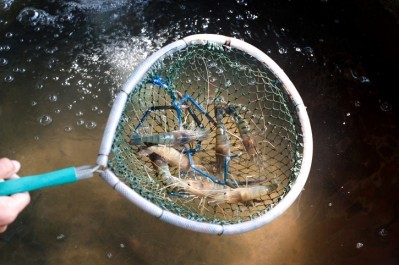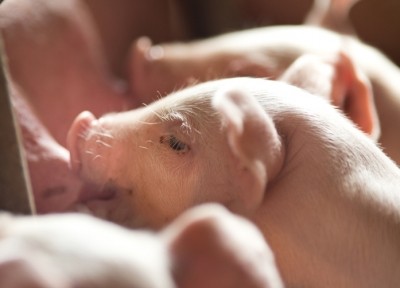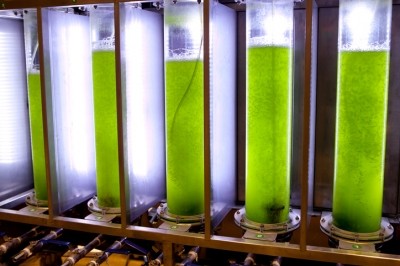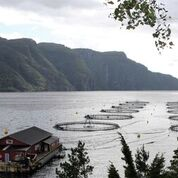USDA grant supports development of oral IHNV fish vaccine
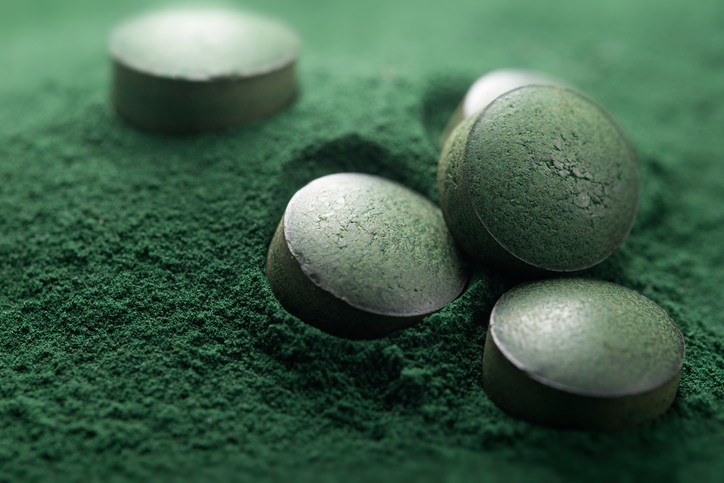
The Washington-based biotechnology company is starting the next phase of a project to develop an oral vaccine to protect farmed salmonid fish, like trout and salmon, from the infectious hematopoietic necrosis virus (IHNV). The effort is being supported by a grant from the US Department of Agriculture (USDA), which was announced at the end of May.
The bioscience company grew out of an earlier entity more focused on developing products for the biofuel market, said Michael Tasch, who leads Lumen’s biologics program. Work with spirulina was of interest because there is already a global industry involved with growing it and processing it.
“The food industry and cosmetic industry wants to dispense with old dyes and replace them with natural products, and spirulina makes one of them,” he said. “We have created the technology to allow the organism to produce more of [the dye] – that’s our flagship product.”
However, the company also has the ability to make the alginate express proteins of interest – including those that could be used in vaccines.
“It’s about 60-80% protein and we can manipulate its genome to express more, which has been a downfall of other algae platforms,” he told FeedNavigator. “It’s hard to get plants or some alginates to express protein at higher levels – but we’ve cracked that code.”
Additionally, spirulina is a generally recognized as safe (GRAS) organism that has already been used in animal feed, said Tasch.
“We’re the only company in the world that has the genetic engineering tech to modify spirulina,” he claimed. “We figured out that technology so we’re also developing the production methodologies to grow genetically modified spirulina in-house – so what we’re doing is fairly unprecedented. The big picture is introducing spirulina as an industrial product.”
Addressing IHNV
The virus is an economic problem for producers of salmon and trout, it cannot be treated with antibiotics and there is an industry interest in having a new way to manage the disease, Tasch said of why it was selected.
Vaccines are already available for IHNV, however, their use is considered to have a few downsides, he said. “Fish vaccines are problematic in that the conventional way to deliver a vaccine is to anesthetize a fish in a tank, hold it and inject an oil emulsion of a vaccine – that’s tremendously costly,” he added.
The process requires a trained technician, means that the company has to deal with needles and the process can lead to scarring, which lowers the economic value of the fish, he said. “If we can express a vaccine at the protein level – it could be delivered in the form of a specialized feed,” he added.
If the project is successful, the company already has interest in exploring a similar handling of other diseases, he said.
Oral vaccine and grant details
The grant is expected to support challenge trials in fish, said Tasch. That part of the research is being done with partnering researchers from Oregon State University.
“This will allow us to test a number of vaccine designs in rainbow trout delivered in a variety of approaches and do it in actual fish and challenge those fish with the actual pathogen to demonstrate safety and efficacy,” he said. “It’s a nine-month grant period and we anticipate moving forward in the next few months – we’ll be putting this in fish.”
However, there are also several questions remaining about how the vaccine should be delivered, how it can be mixed with feed and when it should be provided, Tasch said. “For animals it is going to be something that is low cost to deliver and dispenses with the problems – removing needles from the animal husbandry problem, removing stress on the animals and [addressing] how it is finally milled into a product,” he added.
In the research with spirulina, a scaffolding has been developed to trigger a response from the fish’s immune system, he said. The scaffold makes it look like a disease is present, but would be non-infectious.
“With our system, we grow it under controlled conditions and we’re able to process it to a shelf stable room temperature powder that can be incorporated into a variety of [products] and potentially a feed for an animal,” he said.
